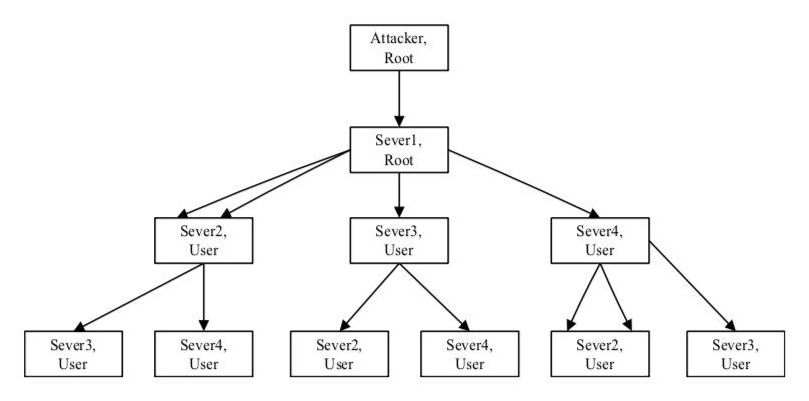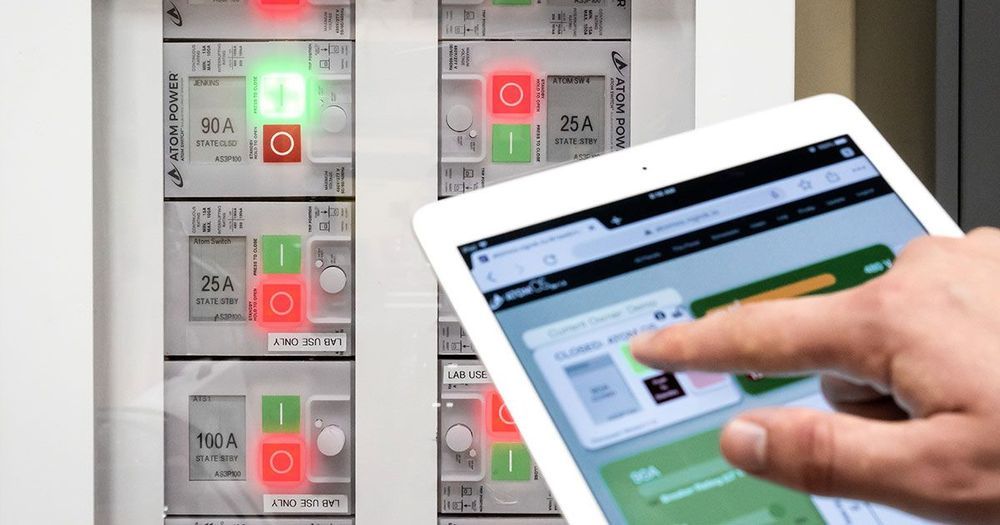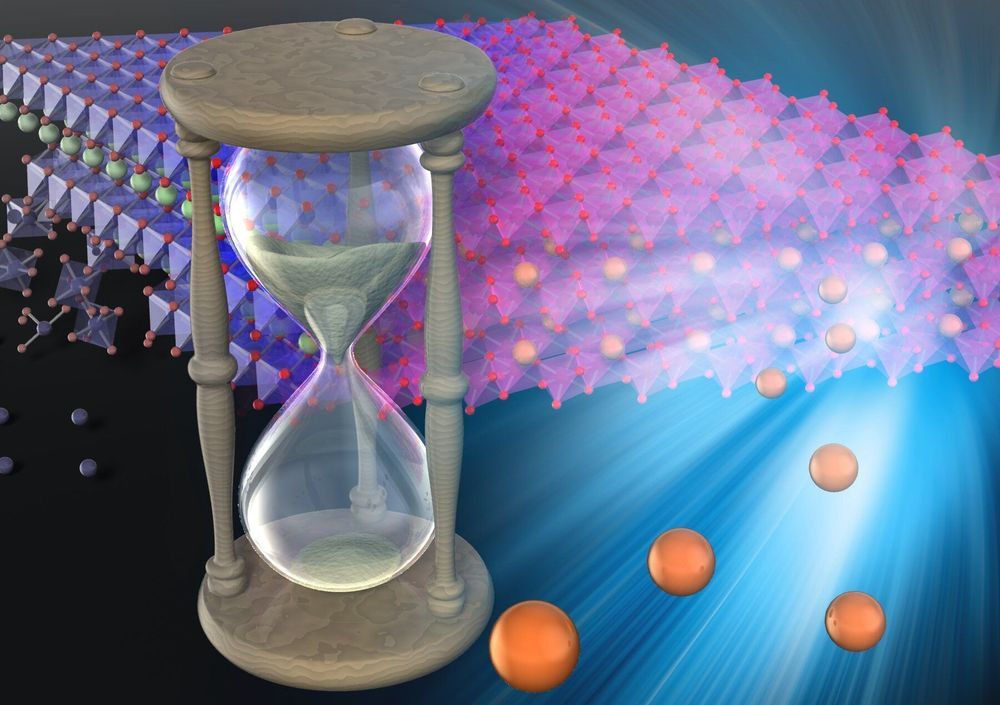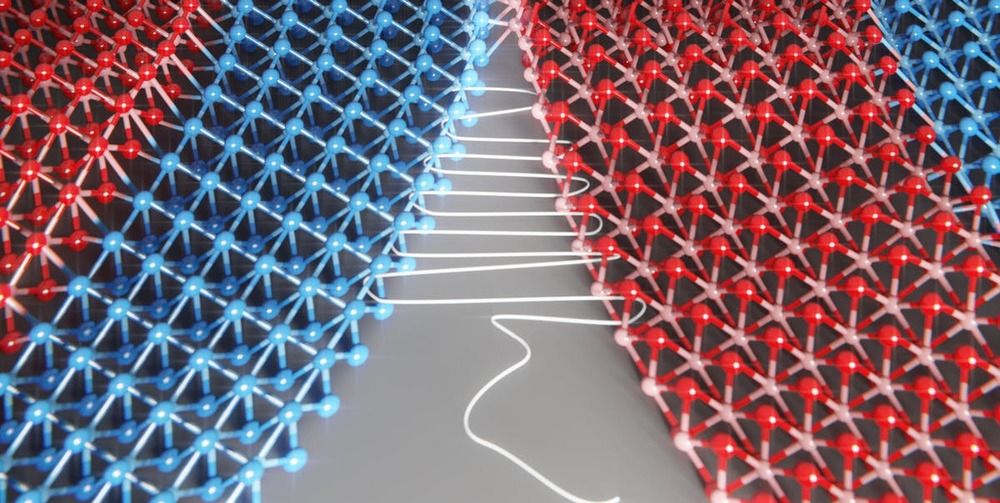Archive for the ‘mobile phones’ category: Page 162
May 29, 2019
Defense against wireless attacks using a deep neural network and game theory
Posted by Saúl Morales Rodriguéz in categories: business, habitats, internet, mobile phones, robotics/AI, security
A growing number of devices are now connected to the internet and are capable of collecting, sending and receiving data. This interconnection between devices, referred to as the Internet of Things (IoT), poses serious security threats, as cyberattackers can now target computers and smartphones, but also a vast array of other devices, such as tablets, smart watches, smart home systems, transportation systems and so on.
For the time being, examples of large-scale IoT implementations (e.g. connected infrastructure, cities, etc.) are somewhat limited, yet they could soon become widespread, posing significant risks for businesses and public services that heavily rely on the internet in their daily operations. To mitigate these risks, researchers have been trying to develop security measures to protect devices connected to the internet from wireless network attacks.
To this end, two researchers at Baoji University of Arts and Sciences, in China, have recently developed a new method to defend devices in an IOT environment from wireless network attacks. Their approach, presented in a paper published in Springer’s International Journal of Wireless Information Networks, combines a deep neural network with a model based on game theory, a branch of mathematics that proposes strategies for dealing with situations that entail competition between different parties.
Continue reading “Defense against wireless attacks using a deep neural network and game theory” »
May 28, 2019
Cyborg and Transhumanist Forum at the Nevada State Legislature — May 15, 2019
Posted by Paul Battista in categories: business, computing, cyborgs, employment, geopolitics, mobile phones, policy, Ray Kurzweil, transhumanism
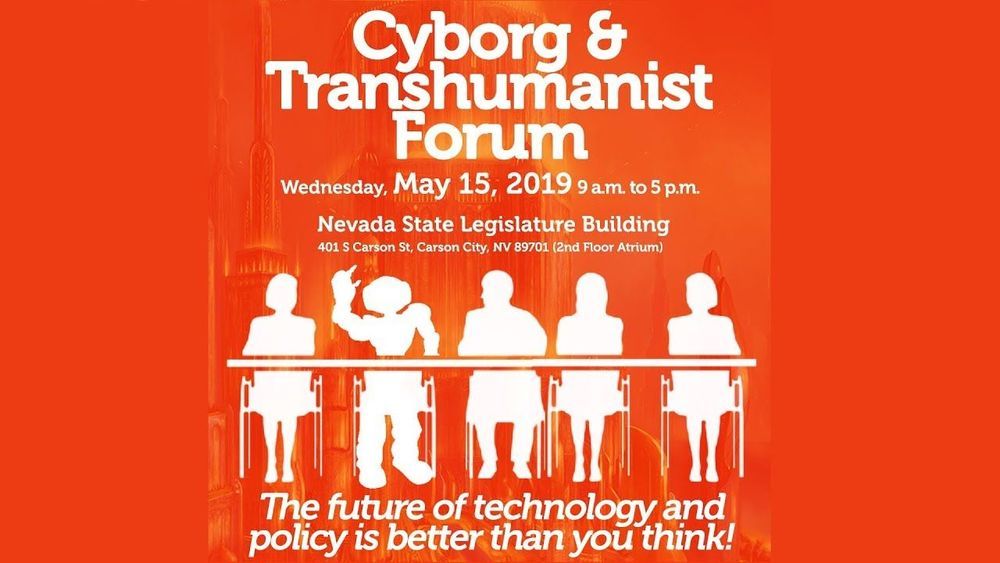
The Cyborg and Transhumanist Forum at the Nevada Legislature on May 15, 2019, marked a milestone for the U.S. Transhumanist Party and the Nevada Transhumanist Party. This was the first time that an official transhumanist event was held within the halls of a State Legislature, in one of the busiest areas of the building, within sight of the rooms where legislative committees met. The presenters were approached by tens of individuals – a few legislators and many lobbyists and staff members. The reaction was predominantly either positive or at least curious; there was no hostility and only mild disagreement from a few individuals. Generally, the outlook within the Legislative Building seems to be in favor of individual autonomy to pursue truly voluntary microchip implants. The testimony of Anastasia Synn at the Senate Judiciary Committee on April 26, 2019, in opposition to Assembly Bill 226 — https://www.youtube.com/watch?v=kXGessk5c24 — is one of the most memorable episodes of the 2019 Legislative Session for many who heard it. It has certainly affected the outcome for Assembly Bill 226, which was subsequently further amended to restore the original scope of the bill and only apply the prohibition to coercive microchip implants, while specifically exempting microchip implants voluntarily received by an individual from the prohibition. The scope of the prohibition was also narrowed by removing the reference to “any other person” and applying the prohibition to an enumerated list of entities who may not require others to be microchipped: state officers and employees, employers as a condition of employment, and persons in the business of insurance or bail. These changes alleviated the vast majority of the concerns within the transhumanist and cyborg communities about Assembly Bill 226.
This Cyborg and Transhumanist Forum comes at the beginning of an era of transhumanist political engagement with policymakers and those who advise them. It was widely accepted by the visitors to the demonstration tables that technological advances are accelerating, and that policy decisions regarding technology should only be made with adequate knowledge about the technology itself – working on the basis of facts and not fears or misconceptions that arise from popular culture and dystopian fiction. Ryan Starr shared his expertise on the workings and limitations of both NFC/RFID microchips and GPS technology and who explained that cell phones are already far more trackable than microchips ever could be (based on their technical specifications and how those specifications could potentially be improved in the future). U.S. Transhumanist Party Chairman Gennady Stolyarov II introduced visitors to the world of transhumanist literature by bringing books for display – including writings by Aubrey de Grey, Bill Andrews, Ray Kurzweil, Jose Cordeiro, Ben Goertzel, Phil Bowermaster, and Mr. Stolyarov’s own book “Death is Wrong” in five languages. It appears that there is more sympathy for transhumanism within contemporary political circles than might appear at first glance; it is often transhumanists themselves who overestimate the negativity of the reaction they expect to receive. But nobody picketed the event or even called the presenters names; transhumanist ideas, expressed in a civil and engaging way – with an emphasis on practical applications that are here today or due to arrive in the near future – will be taken seriously when there is an opening to articulate them.
Continue reading “Cyborg and Transhumanist Forum at the Nevada State Legislature — May 15, 2019” »
May 21, 2019
Atom Power Is Launching the Era of Digital Circuit Breakers
Posted by Quinn Sena in categories: computing, mobile phones, particle physics
In the dark, dank depths of your home basement hangs a drab gray box that guards the building’s electrical circuits. The circuit breakers inside switch off current flow when there is risk of an overload or short circuit, keeping you safe from fires or electrocution. It’s a critical job, and one that breakers have been doing with a fairly simple, 140-year-old electromechanical technology.
But circuit breakers are about to get a digital overhaul. New semiconductor breakers that combine computing power and wireless connectivity could become the hub of smart, energy-efficient buildings of the future.
“It’s like going from a telephone that just makes calls to a smartphone with capabilities we’d never imagined before,” says Ryan Kennedy, CEO and co-founder of Atom Power in Charlotte, North Carolina. “This is a platform that changes everything in power systems.”
Continue reading “Atom Power Is Launching the Era of Digital Circuit Breakers” »
May 20, 2019
Smallest pixels ever created have a heart of gold
Posted by Quinn Sena in category: mobile phones
The display on a smartphone is a modern marvel, cramming millions of pixels into the space of a few inches – but soon this may look decidedly retro. Researchers at Cambridge University have managed to create the smallest pixels in the world, about a million times tinier than those in a phone. These new pixels could be used in huge, flexible displays that are relatively easy to manufacture and cheaper to run.
May 18, 2019
How data centers will breathe life into 5G
Posted by Shailesh Prasad in categories: computing, internet, mobile phones, virtual reality
Is the future finally here? The arrival of 5G (fifth generation mobile networks) has been keenly anticipated and long discussed. And if you attended the latest Mobile World Congress, held in Barcelona in February, you would have seen plenty to suggest that 5G will take off in 2019. Smartphone manufacturers are busy preparing their 5G models, the wireless networks on which they will run are being planned, and there is no shortage of visionary use cases highlighting how virtual reality and other technologies will harness 5G’s amazing power and connectivity. In short, our lives are about to change.
May 17, 2019
New “Minecraft” Game Will Let You Build Stuff in the Real World
Posted by Quinn Sena in categories: augmented reality, entertainment, mobile phones
“Minecraft Earth,” announced today, will allow users to collect items, blocks, and creatures while roaming around in the real world with other real-world friends — think of it as a “Minecraft”-themed “Pokémon Go” experience, but with more fishing, building and resource management.
While the extremely popular smartphone game “Pokémon Go” relied on augmented reality only minimally, the new “Minecraft” title will double down on the technology. A new feature called Azure Spatial Anchors will allow users to plop down objects in augmented reality — and persist indefinitely. Other users will also be able to interact with those same objects.
The goal is to eventually have players build their own “Minecraft” worlds for others to experience in augmented reality through their phones.
Continue reading “New ‘Minecraft’ Game Will Let You Build Stuff in the Real World” »
May 17, 2019
Self-repairing batteries: engineers develop a way to create high-capacity long-life batteries
Posted by Quinn Sena in categories: biotech/medical, mobile phones
Engineers at the University of Tokyo continually pioneer new ways to improve battery technology. Professor Atsuo Yamada and his team recently developed a material that can significantly extend the life of batteries and afford them higher capacities, as well.
From smartphones to pacemakers and cars, batteries power much of our world and their importance only continues to grow. There are two particular aspects of batteries that many believe need to improve to meet our future needs. These are the longevity of the battery and also its capacity—how much charge it can store.
The chances are your devices use a type of battery called a lithium-ion battery. But another kind based on sodium rather than lithium may become commonplace soon. Both kinds of battery can store and deliver a large amount of charge, thanks to the way constituent materials pass electrons around. But in both lithium and in sodium batteries, repeated cycles of charging and usage can significantly reduce the storage capacity over time.
May 17, 2019
This startup is planning a flying taxi service that costs about the same as normal taxis
Posted by Genevieve Klien in categories: mobile phones, transportation
A flying taxi that you can order through an app? This German company plans to make that a reality in the next six years.
Munich-based startup Lilium unveiled its five-seater electric air taxi prototype on Thursday. The Lilium Jet, which conducted its first flight earlier this month, is part of an app-based flying taxi service that the company expects will be “fully-operational in various cities around the world by 2025.”
The battery-powered jet is capable of traveling 300 kilometers (186 miles) in 60 minutes on a single charge, and will connect cities through a network of landing pads. Commuters will be able to book rides from their nearest landing pad through a smartphone app.

